Let me be clear: photographs on the page or screen are fascinating. Who can fail to be entranced by the first-ever pictures from the surface of a comet that were taken this week? The power of photography to show and to tell has never been greater, as modern technology takes it simultaneously to the far reaches of the solar system and ever deeper into the heart of daily life.
But that does not make it sing on a gallery wall.
It just looks stupid when a photograph is framed or backlit and displayed vertically in an exhibition, in the way paintings have traditionally been shown. A photograph in a gallery is a flat, soulless, superficial substitute for painting. Putting up massive prints is a waste of space, when the curators could provide iPads and let us scroll through a digital gallery that would easily be as beautiful and compelling as the expensive prints.
I try to suppress these thoughts, for photography exhibitions are taken desperately seriously. I recently joined the crowds at the Natural History Museum’s wildlife photographer of the year. It’s amazing how long some people can look at a photograph. I observed the observers, rapt before illuminated images that I really can’t look at for more than a few seconds.
That is because when you put a photograph on the wall I cannot help comparing it with the paintings whose framed grandeur it emulates, and I can’t help finding photography wanting.
Paintings are made with time and difficulty, material complexity, textural depth, talent and craft, imagination and “mindfulness”. A good painting is a rich and vigorous thing. A photograph, however well lit, however cleverly set it up, only has one layer of content. It is all there on the surface. You see it, you’ve got it. It is absurd to claim this quick fix of light has the same depth, soul, or repays as much looking as a painting by Caravaggio – to take a painter so many photographers emulate.
But we are encouraged to give it the same, or more, attention. Today’s glib culture endlessly flatters photography’s arty pretensions. The winning picture in the Taylor Wessing prize at the National Portrait Gallery “has clearly been inspired by Caravaggio”, raves the Evening Standard, as if this meant it was somehow as rewarding as the 17th-century master’s works. Sorry, but it ain’t.,
Why not try this experiment? Go to the National Portrait Gallery’s Taylor Wessing exhibition, then pop around the corner to see the National Gallery’s late Rembrandt show. If you can really see even a millionth of the vitality of a Rembrandt portrait in any of the NPG’s photos, we’ll just have to agree to disagree.
.

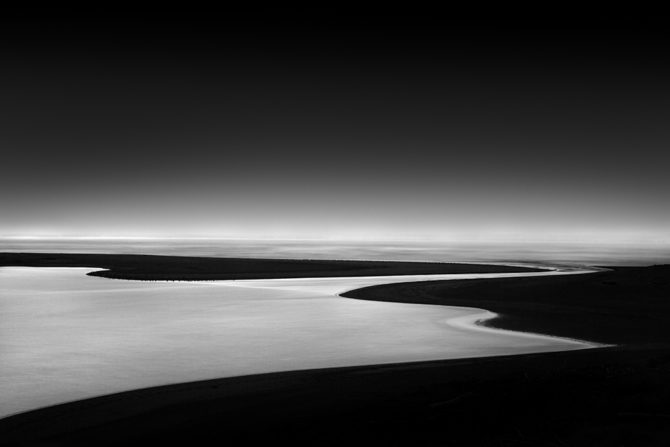
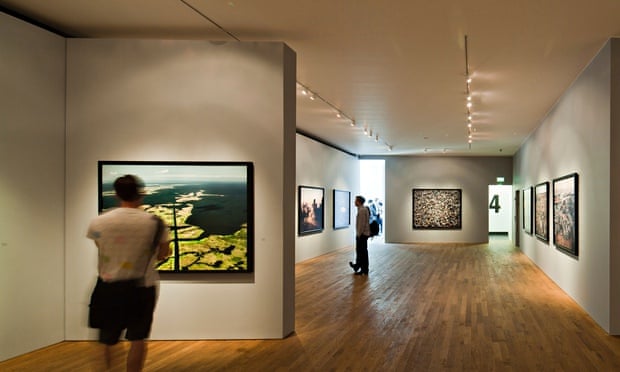
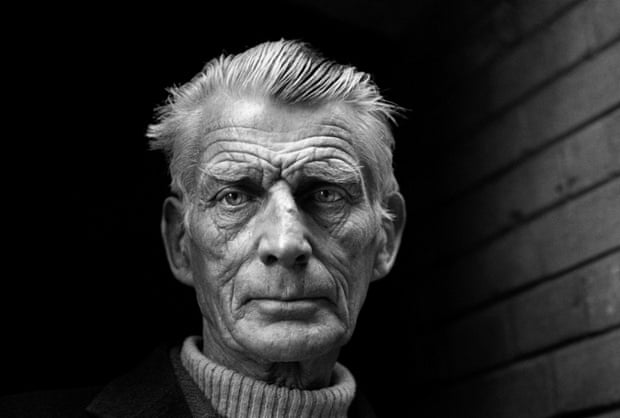
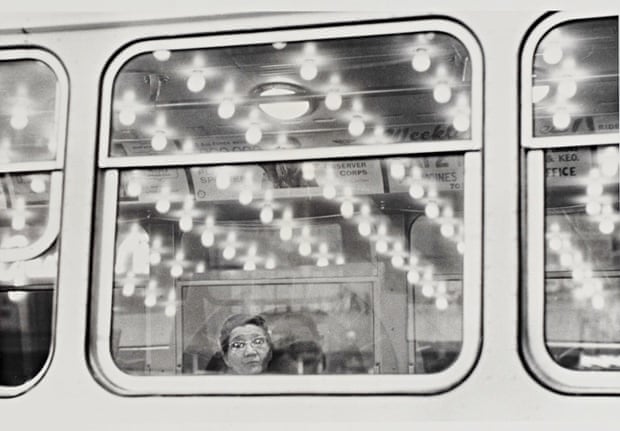
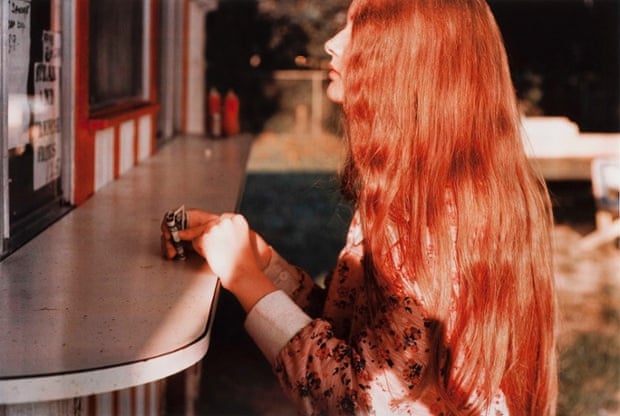

Hi Cole,
Besides Mr. Jones obvious short comings, which you and Mr. O’Hagan very concisely stated, he doesn’t even have enough brains to find out what the academic definition of the word “art” is. Allow me to quote from the Merriam-Webster website:
http://www.merriam-webster.com/dictionary/art
“art
noun (Concise Encyclopedia)
A visual object or experience consciously created through an expression of skill or imagination. The term art encompasses diverse media such as painting, sculpture, printmaking, drawing, decorative arts, photography, and installation. The various visual arts exist within a continuum that ranges from purely aesthetic purposes at one end to purely utilitarian purposes at the other. This should by no means be taken as a rigid scheme, however, particularly in cultures in which everyday objects are painstakingly constructed and imbued with meaning. Particularly in the 20th century, debates arose over the definition of art. Figures such as Dada artist Marcel Duchamp implied that it is enough for an artist to deem something “art” and put it in a publicly accepted venue. Such intellectual experimentation continued throughout the 20th century in movements such as conceptual art and Minimalism. By the turn of the 21st century, a variety of new media (e.g., video art) further challenged traditional definitions of art. See aesthetics; art conservation and restoration; drawing; painting; printmaking; sculpture; photography; decorative arts.”
I rest my case 🙂
I’m glad you posted this, Cole!
I saw, and discarded Jones’ article, but you’ve used it to make a valuable point, that builds from your comments in earlier posts. Somewhat analogous to the “those who can, do” saying, but I think I would replace “teach” with “pontificate.”
Love your image here Cole. A new favorite. I like this discussion bc it has given me lots of photographers to look up. I have basically no knowledge of other photographers beyond the iconic ( and even that knowledge is shallow), the history of photography or what contemporary artists are doing today. I know Cole probably thinks I should keep it that way, but I am inteested in learning more and this will give me a starting point. I see lots of images obviously, but not much is art. I want to find more art. Thanks for the posting.
I don’t get it, obviously he had some traumatic episode in his youth that involved photos or something. He seems totally obsessed with his attack. Go figure
Thanks for posting these viewpoints. I don’t suppose that either opinion will change anyone’s perceptions. Everyone has an idea of what they like/dislike. Some things never change. …and so it goes.
Ok, when we went gallery hopping in NYC a couple of months ago, I found myself getting as close as I could to Master works to see the brush strokes and shadings and to try to glean how the painter did what he did. This is an activity not possible when viewing a photography exhibit. That is because they are two different mediums! This is not unlike an image on a monitor not exactly reproducing in print. One image is on a TV screen and the other is rendered using inks on various grades and textures of paper.
Needless to say, Mr. Johnson’s ad hominem observations are pointless, except to advance his own prejudice.
Is photography art? Is brick laying art? The answer to both questions is, “It depends on who’s using the tool.”
First time I did not read an entire Cole Thompson blog post – started becoming so much nonsense to me. As Edward Weston once said: “The only thing critics do is psychoanalyze themselves.”
“For some time now I have been developing the “opinion” that there are those who create and those who pontificate. I’m committed to doing more of the former and less latter.”
Bravo, well said!
Cole, I agree with you totally. The only thing that I see as misplaced is Jones’ touch with the human race. Art is, by its’ very nature, whatever one wants it to be. I will not dignify Jones by using Mr. or mister in reference to the miss-guided pompous, what ever he is.
Once again, thanks for your posting.
Don Grant
This guy Jones is just trying to be the equivalent of an Anne Coulter or Rush Limbabugh, etc, just bloviating extreme nonsense, usually negative, for the purpose of provoking a reaction. By making themselves the Boogie-Man, and by evoking a reaction, they get noticed, and talked about, (and often well paid), so their purpose is served.
My vote is to just ignore them. Who cares what this guy thinks about photography? He’s just one more car horn in mid-Manhattan, honking with the chorus, trying to sound unique.
More Zentography, Cole. Makes me want to exhale.
Sam
Cole, Forgot to mention about your recent image. I KNOW you deliberately put the horizon smack dab in the middle, which of course breaks all the rules, which of course therefore makes it a bad image… for some, right?
But, if you love the image as is, honk. HONK! HONK!
Sam
PS I guess I’m in a mood for car horns this morning. I think I’ll spend more time contemplating “Release”.
If there’s one thing I’ve learned in life, it’s that it’s almost impossible to talk people out of opinions that they’re determined to hold on to. A lot of people just don’t see photography as art and probably never will. If you’re a photographer and that bothers you, you probably should consider taking up painting. 🙂
The last paragraph resonated with me so much. Well said Cole!
I’ve often had the impression that critics are just frustrated artists in their field of favoured art. It’s easier to talk-the-talk than walk-the-walk.
Merry Christmas to everyone!
All I want to say is that Sam Beckett image is absolutely stunning!
I’m lucky I guess. I can go to a high level juried art show and spend more money than I should. But I can go to the same show and not spend a dime but have a thoroughly enjoyable 2 hours being utterly impressed with a concept, or an application of tools, or an esthetic that knocks my socks off, it’s just not something I want on my wall, but I APPRECIATE it. I guess I’m just lucky.
Merry Christmas to you and yours Cole.
I was sorry to see Jane Bown’s obituary – her work has such intensity and intimacy for me.
Jonathan Who? Oh, Jones an art critic, that explains it. My definition of an art critic, “a person with fancy words that perceives themselves to an expert about art, with no creative side to there life”.
I recently returned from a trip to the southwest of new mexico. I found that the best way to avoid what I call ‘production stress’ is to enjoy the beauty that surrounds you and let the decisive moments come to you. By knowing your equipment, you will be ready to take the picture.
I fully agree, this guy made simply an unfounded comment and presented it as if nobody should see it differently. I tend to think he has too narrow a view to see through the stupidity of what he said. He, as anyone, is entitled to voice his opinion. The problem begins when an opinion is stated as an undeniable fact.
I always say that critics are those who failed in a particular field.
Your last paragraph sums it up beautifully. I SO agree!
Such a puny opinion by Jones!
No such thing as a dumb question
Two items of note:
1) The easiest way to dethrone someone is for all to ignore them; regardless of their musings.The truth is he was moved to write by the images, so they succeeded as both art and endeavor 🙂
2) Technology, Social Networks, workplaces… and Art all have trolls.
Although I agree completely with your thoughts and arguments Cole, you have likely cast your pearls for only the choir to hear. (sorry, one shouldn’t mix metaphors so recklessly 🙂 )
Truly enjoy your site, thoughts, and images 🙂 Thank you for making the time & effort to share Cole!